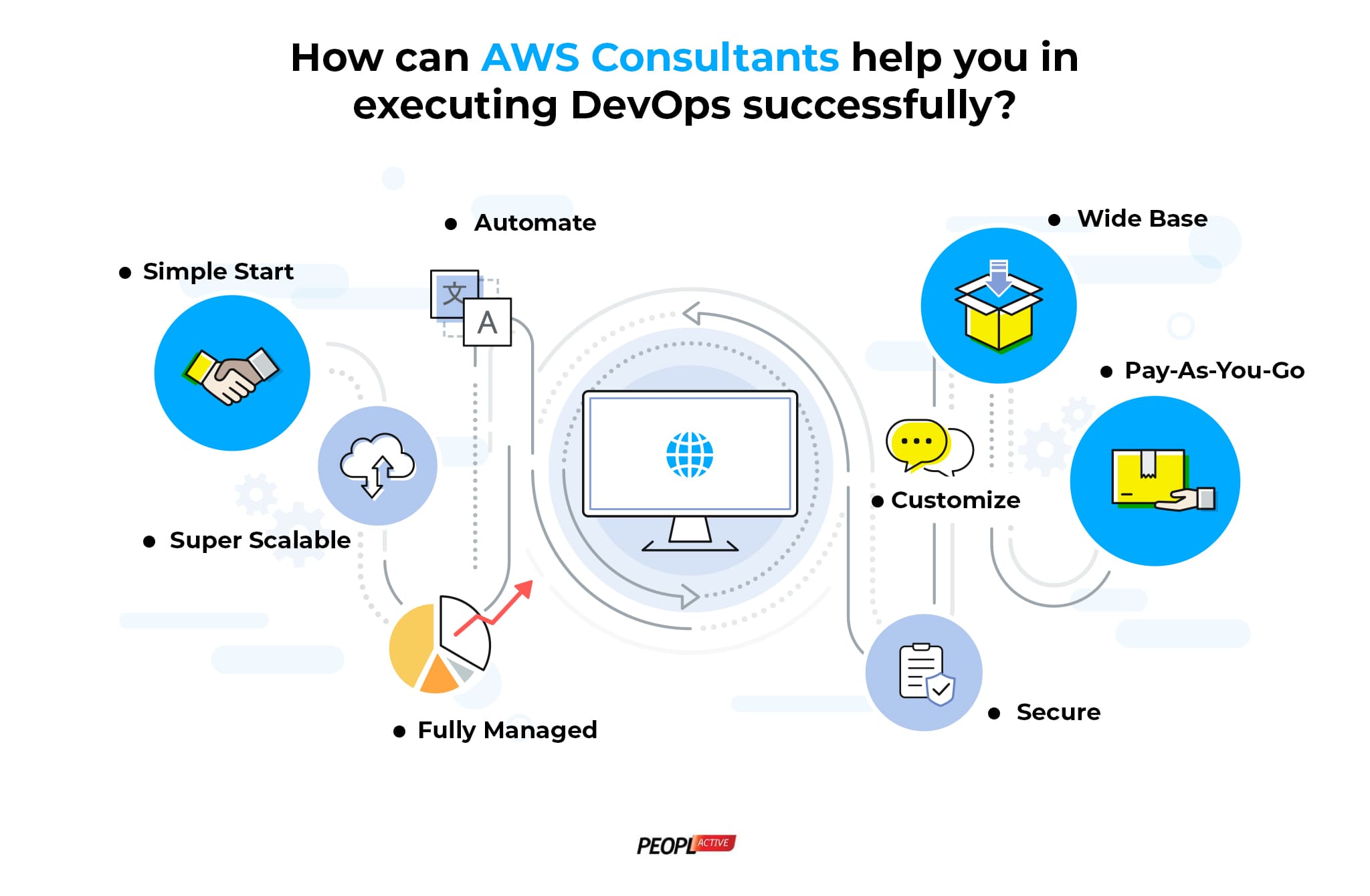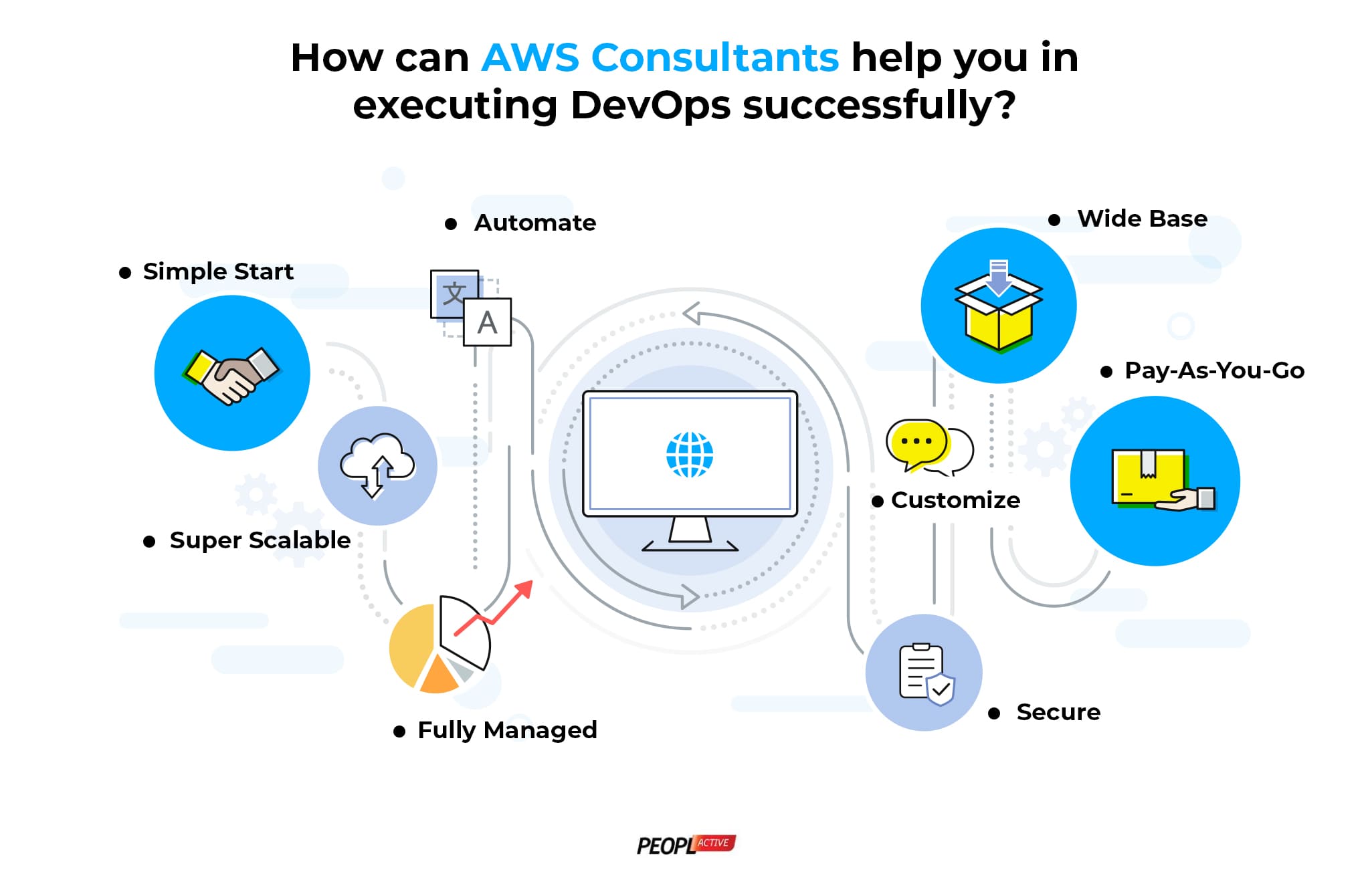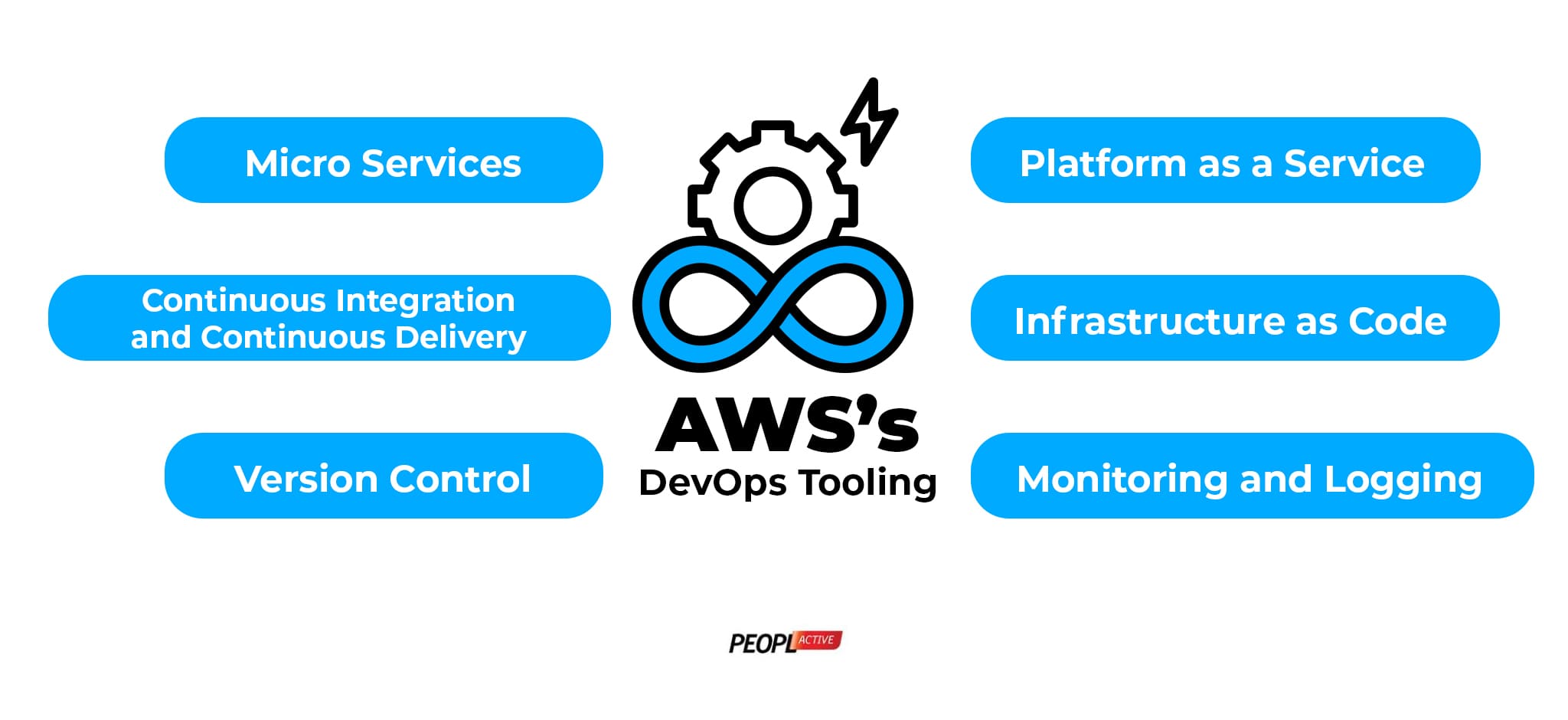
2023-11-6 14:55:59 Author: securityboulevard.com(查看原文) 阅读量:2 收藏
What is DevOps?
The automated and collaborative software development process is called DevOps. The key components are task automation, removing obstacles between teams, and consistently releasing new software upgrades. Streamlining teamwork, increasing productivity, and guaranteeing quality software updates are the objectives of AWS DevOps. It achieves this through a variety of techniques, including constant assembly, constant update delivery, and implementation of new ideas.
Consider the role of DevOps as a bridge, facilitating seamless communication between operations and development teams. Everyone collaborates from the beginning to the end of the software development process, fostering a culture of shared responsibility. Software development is sped up and made more efficient with AWS DevOps, which lowers barriers and promotes strong collaboration. In DevOps-managed services, automation is quite important. Without human intervention, it manages monotonous tasks such as developing, verifying, and implementing software. Both time and error are avoided by doing this. Teams may fulfill client demands more quickly when they use automation to receive input and address issues more rapidly. Once regular tasks are automated, the DevOps managed services team can focus on creating new concepts and providing users with interesting content.
Also Read: Building a DevOps Dream Team: The Ideal Structure and Roles
AWS: What is it?
A plethora of cloud providers, such as Google Cloud, Microsoft Azure, and IBM Cloud Services, are available to consumers due to the growing popularity of cloud computing. Amazon Web Services also referred to as AWS is a subsidiary of Amazon. Similar to an on-site data center, Amazon offers a wide range of services and features like databases, processing power, and security. This cloud provider is regarded as one of the biggest in the industry.
How does AWS DevOps work?
Amazon uses a methodology called AWS DevOps to apply the DevOps concept by leveraging its cloud platform and certain tools. AWS states that it provides adaptable services to assist businesses in swiftly developing and delivering products by combining DevOps methodologies with AWS. Automating software releases, deploying code, monitoring performance, and setting up infrastructure are all made easier by these services.
Developer teams may implement continuous integration and delivery (CI/CD) more effectively using AWS DevOps. This facilitates the safe storage and versioning of application code, followed by the automated development, testing, and deployment of the application to AWS or on-premises environments.
AWS Supplement to the DevOps Route
The qualities listed below illustrate how helpful AWS consultants may be in helping you execute DevOps successfully:

- Fully Managed: The operating infrastructure is managed by AWS fully managed services. Quickly delegate it to AWS resources and keep your attention on the main offering.
- Simple Start: Having an account with AWS is all you need to get started, and you might not need to do any further setup.
- Customize: Take advantage of all the ‘ available services’ APIs, SDKs, and AWS Command Line Interface, which offer you versatility. Furthermore, you may model and provision the complete AWS architecture as well as the available AWS resources with the aid of declarative AWS CloudFormation templates.
- Pay-As-You-Go: You can have the freedom to utilize AWS consulting services whenever needed and only pay for the services you really use. Don’t worry about long-term agreements with AWS, early payments, or termination fees. Your assistance can be found with AWS Free Tier.
- Secure: Make the most of AWS Identity and Access Management (IAM) by establishing policies and permissions to take charge of resource distribution and access.
- Automate: Create automated workflows for development and testing, automate manual operations like deployments and container management, and handle configurations more simply using AWS automation service provisioning.
- Super Scalable: Utilize the adaptable compute resources provided by AWS experts to grow from a single instance to thousands of them, and take advantage of the benefits of simple provisioning, configuration, and scalability.
- Wide Base: AWS’s partnership bank has a large number of business companions who enable users to extend their business offerings outside their boundaries. Using Amazon, one can create an end-to-end solution by selecting from a variety of open-source and third-party technologies.
Also read: Perks of Hiring Top 3% of CloudOps Engineers from PeoplActive
Enhancing DevOps Using AWS
Your DevOps journey might become even more effective with the help of AWS specialists. Amazon automation technologies enable you to increase your DevOps engineers, automate tedious operations, and manage complicated settings with great scalability. This is the right time to hire DevOps Engineers. Talk to our experts now.
While handling DevOps tools, AWS operates at peak efficiency. AWS’s DevOps tooling is summarized as follows:

Micro Services
Savor the advantages of microservices architecture while putting serverless computing and containers to use with:
- Serverless Computing with AWS Lambda.
- Production Docker Platform Elastic Container Service.
Continuous Integration and Continuous Delivery
Create a pipeline for continuous delivery and integration along the entire process chain by using:
- Software Release Workflows Using AWS Code Pipeline.
- Using Amazon Code Build to Build and Test Code.
- Automated Deployment with AWS Code Deploy.
- AWS Code Star for Integrated Continuous Integration and Delivery projects.
Version Control
You can access safe, extremely scalable Git repositories in cloud DevOps services with the help of AWS automation tools using AWS Code Commit for Private Git Hosting.
Platform as a Service
Deploy web apps quickly without thinking about application stacks or infrastructure management using Amazon Elastic Beanstalk to Run and Manage Web Applications.
如有侵权请联系:admin#unsafe.sh